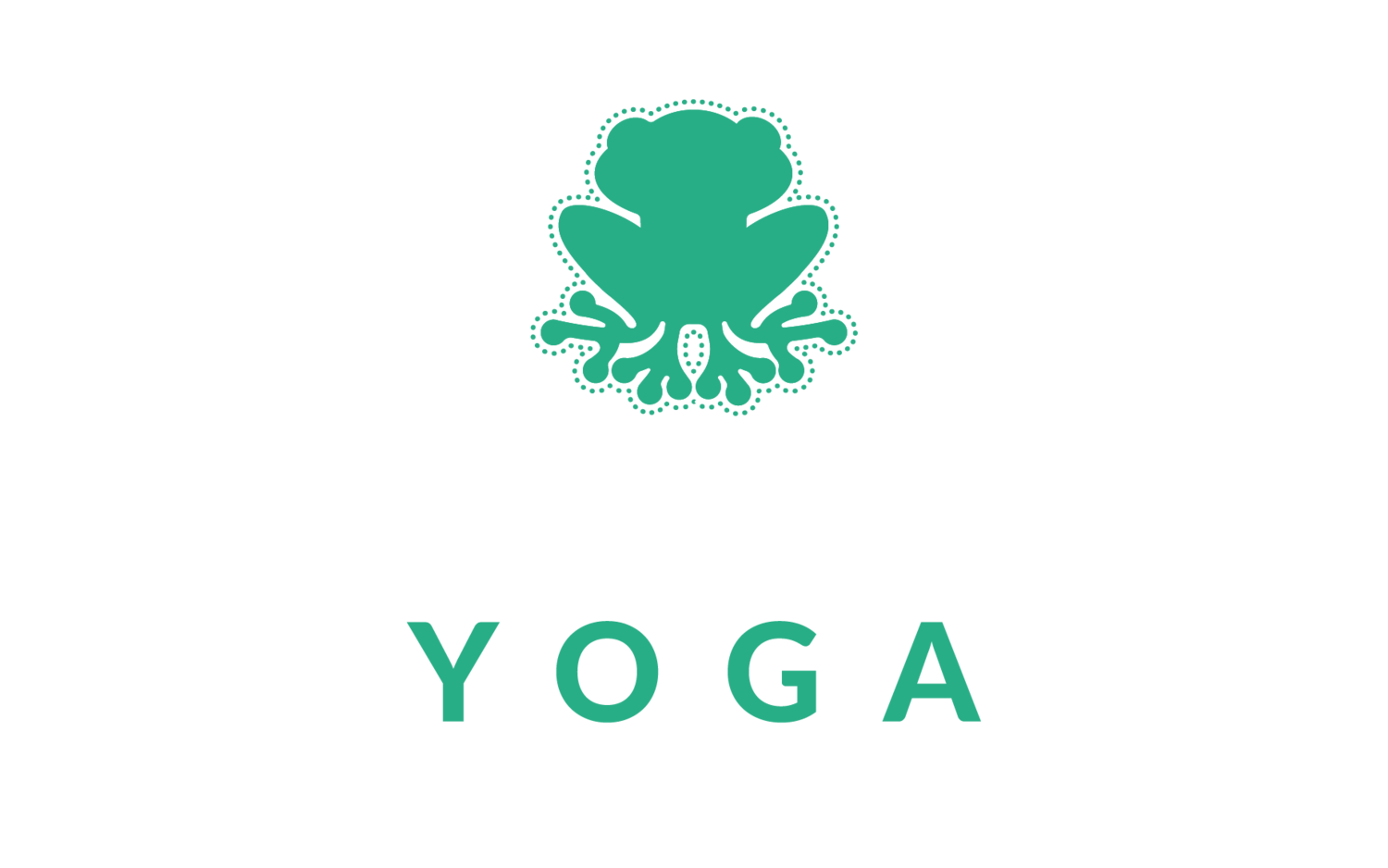So we have discussed the amount of bones/joints and muscles in the feet…so what?? Why could that complexity be needed? Glad you asked
The foot is amazing, and as we alluded to, we need joints to move to get the muscles to lengthen and contract. (And in fact lengthen TO contract…more on that to come)
So if there are 33 joints and we need them all to move, there must be some important shapes that the feet need to make. Yip, can you guess how many?!?!!
Ok il tell ya,
2
Two shapes, that’s it.
They should start in “neutral” in “centre and be able to move to form what’s called a mobile adaptor (technically called pronation) and a rigid lever (supination). That’s it, doesn’t seem that hard ay, just two shapes and yet we don’t tend to be able to do either, we get stuck in one shape, one that’s either more pronated or supinated but without the ability to move any of those bones and joints, can neither pronate or supinate.
That seems obvious but just thinking about that cos it’s important. If you have a foot that is more pronated but can’t move it’s not actually able to pronate and there for load tissue, absorb shock, read the body to move off in the most efficient and effortless manner. Same goes for an overly supinated foot, it’s unable to form the rigid level to create the force to propel forward off of and allow for optimal positioning of heal striking.
I’ve been using big words and they might seem confusing…let me back track quickly and try to break it down simply.
Pronation - seen by many health professionals as the devil, as an evil that causes most issues within the body, something that they give orthotics to counter and prevent. This is not the case, pronation is an important necessary moment of human movement that’s key to proper loading of the big muscles of the legs and hips. During pronation we are looking for the foot to soften, for it’s joints to open along the sole and inside of the foot, allowing it be that mobile adaptor we talked about, to let the foot adapt to all the shapes that nature intended us to walk over (rocks, stones, uneven, holey ground pre tarmac times when everything became very uniform and flat)
Supination - many people look at the supinated foot shape as the optimal one for foot health, a high arch (this tends to be the shape that foot perves like the most too 🤷♂️..just saying 🤣). In this foot position, the shape of joint surfaces almost “lock” together to form that rigid lever..the sole and inside joint surfaces close off and the top and outside open. This makes for a foot shape that can handle the force of pushing 78kg (yes I know, I don’t look a minute over 75kg, the beard hides a multitude of chins) forward into the next step and also one that when the foot has swung through can help find the back outside of the heel to allow for the best position to allow for the smooth rolling forward into the pronated shape that gives time (0.6-0.8 seconds) to really loads the entire leg properly.
So there that. A quick break down of pronation and supination, of the mobile adapter and rigid level, the yin and the yang. The two shapes available to the foot. That’s it. It’s not complicated (well it can be if we start getting into trying to understand what some of the muscles are doing in 3D but we won’t be doing that)
Just remember every bone/joint/muscle/body part should be able to find centre…in finding centre it can have the opportunity to then find it full range of motion in both directions in all 3 planes.
More of the directions of the bones of the feet for both these shapes to come at some point. If you have anything you wanna know about feet (bunions/neuromas etc) let me know and we can discuss them too.
Thanks for reading guys, hope you enjoyed this short little dive into the world of bare feet (and not the perverts dive either 🤣🦶)




